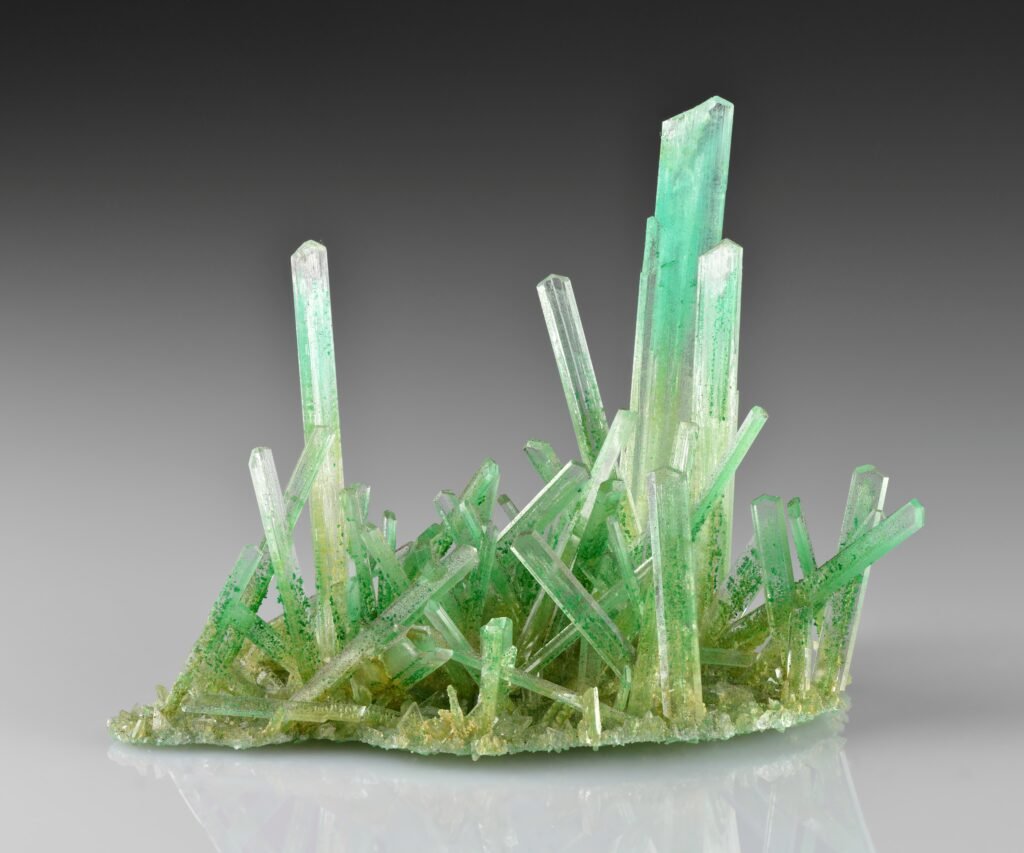Imagine a chalky white mineral, born from ancient seas and now silently shaping the walls around you. Gypsum’s journey is astonishing—not only does it rise from the ashes of power plants, but it also becomes the backbone of our homes, schools, and offices. The transformation from industrial byproduct to essential construction material is nothing short of remarkable. For those who find beauty in science, or simply marvel at the hidden stories behind everyday objects, gypsum offers a tale that’s as surprising as it is inspiring. Peeling back the layers of this humble mineral reveals a world where chemistry, industry, and environmental stewardship collide in extraordinary ways.
A Mineral with Ancient Roots
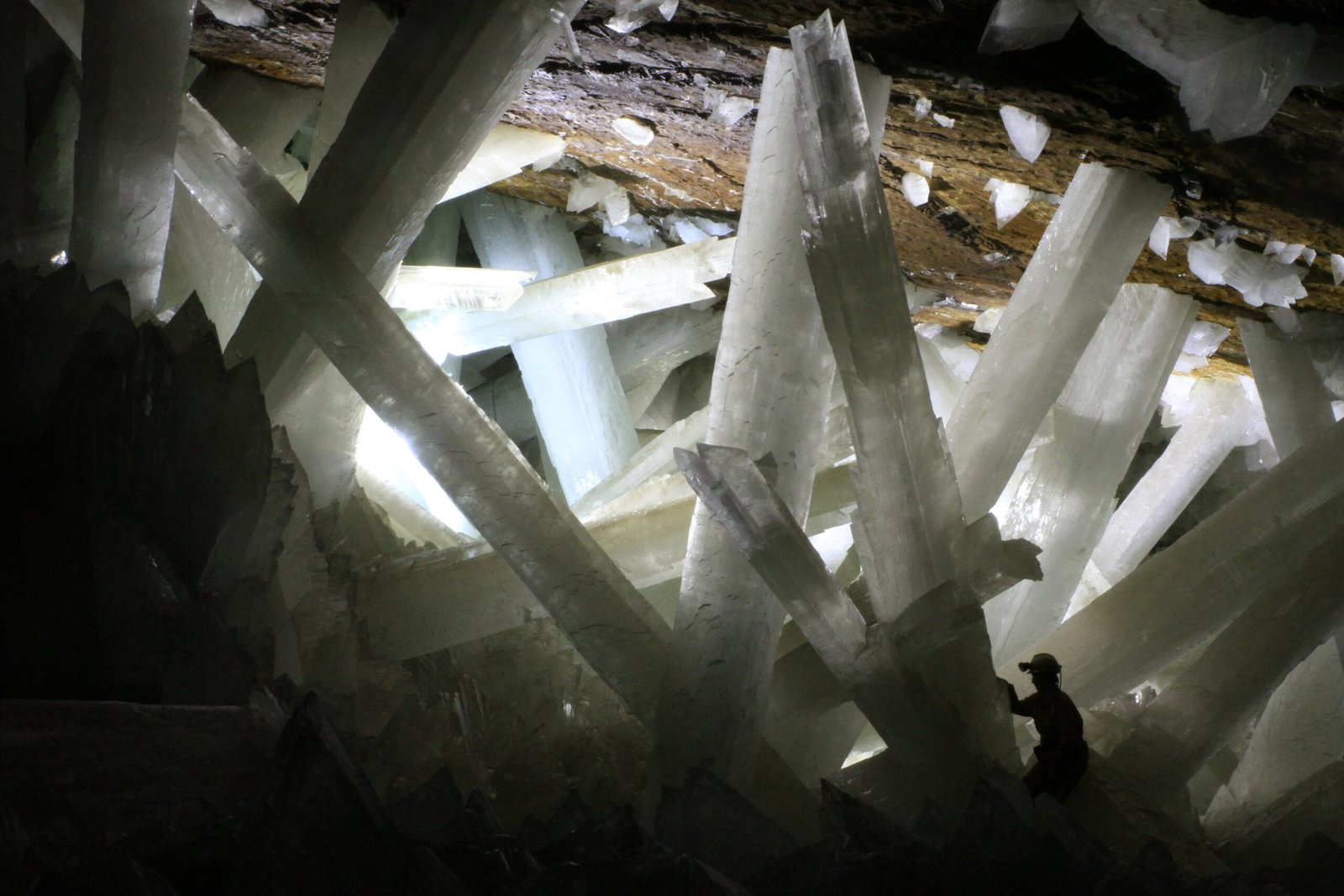
Gypsum’s story begins millions of years ago, long before humans walked the earth. This mineral formed as shallow seas evaporated, leaving behind thick layers of calcium sulfate dihydrate. These deposits can be found across continents, from the deserts of North America to the salt flats of Europe. For centuries, people mined gypsum for its soft, easily workable nature, shaping it into sculptures, plasters, and even fertilizers. Its presence in the earth’s crust is a relic of vanished oceans and shifting continents, a silent witness to the planet’s restless geological past. Today, these ancient layers are still being unearthed, connecting modern industry to the prehistoric world in every sheet of drywall.
Gypsum in the Modern World
Gypsum’s role in today’s world goes far beyond the quarry. It is a cornerstone of the construction industry, prized for its fire resistance, soundproofing abilities, and smooth finish. Nearly every modern building contains drywall, also known as gypsum board or plasterboard, which is made primarily from this mineral. Its versatility makes it ideal for interior walls and ceilings, helping to create the safe, comfortable environments we often take for granted. Without gypsum, the sleek walls and ceilings of our homes would be far more difficult—and more expensive—to build. The next time you lean against a wall, you’re likely touching the legacy of gypsum.
From Pollution to Production: The Power Plant Connection
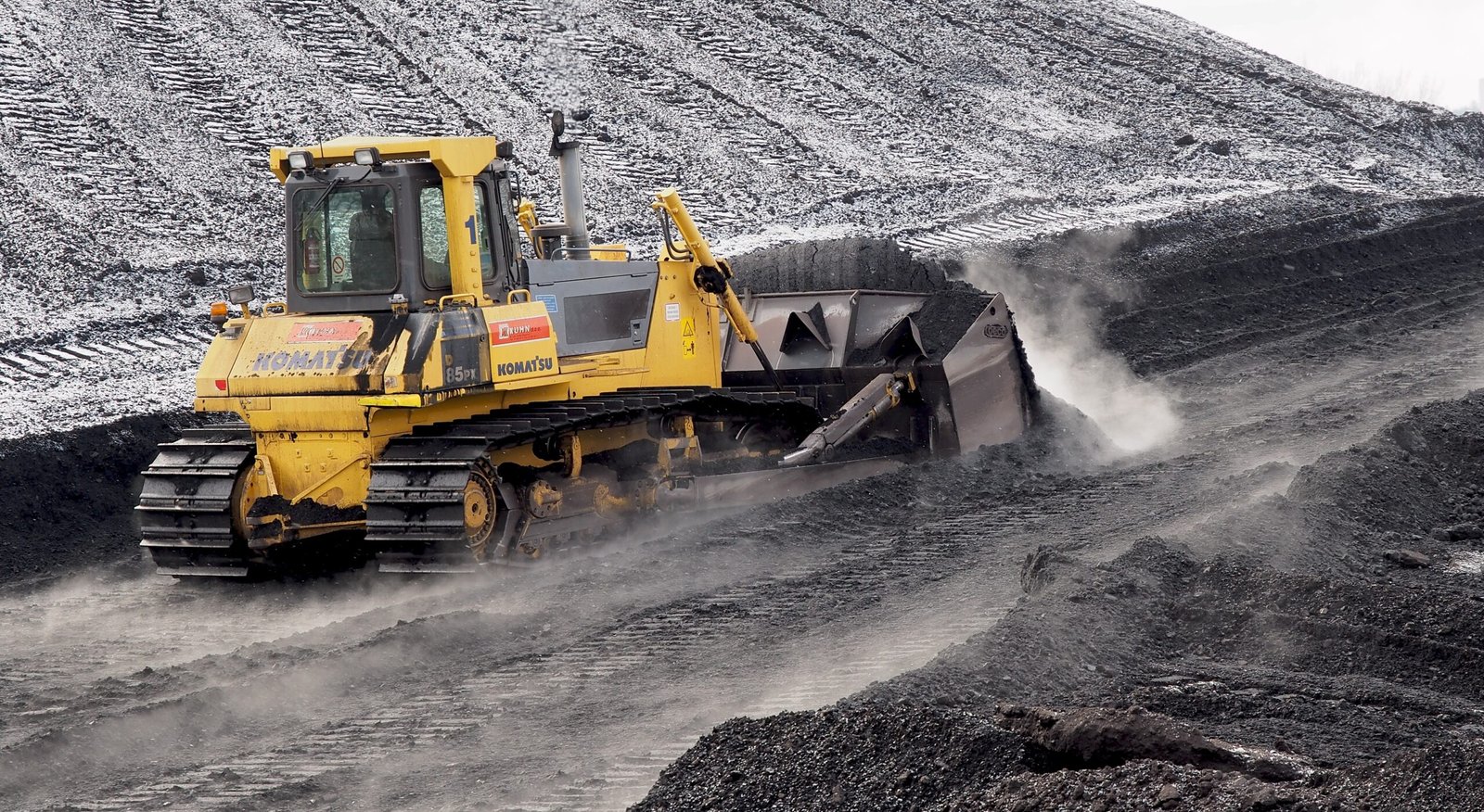
Perhaps the most surprising chapter in gypsum’s journey is its link to coal-fired power plants. When coal burns, it releases sulfur dioxide, a harmful pollutant. Modern plants use “scrubbers”—giant chemical reactors—to capture this sulfur, combining it with limestone to produce synthetic gypsum. This process, called flue-gas desulfurization, turns air pollution into a valuable resource. Instead of sending sulfur dioxide into the sky, power plants transform it into clean, pure gypsum that’s perfect for making drywall. In this way, an environmental challenge is cleverly converted into a building block for society.
Synthetic Gypsum: Cleaner and Greener

Synthetic gypsum isn’t just a convenient byproduct—it’s often purer than natural gypsum. Its consistent quality makes it highly desirable in construction, where uniformity is key. Using synthetic gypsum also means less mining, which reduces the environmental impact on fragile landscapes. Each ton of synthetic gypsum used in drywall means one less ton of natural rock needs to be extracted from the earth. This recycling loop is a shining example of circular economy in action, where waste becomes a resource and pollution finds new purpose.
The Science Behind Gypsum’s Magic
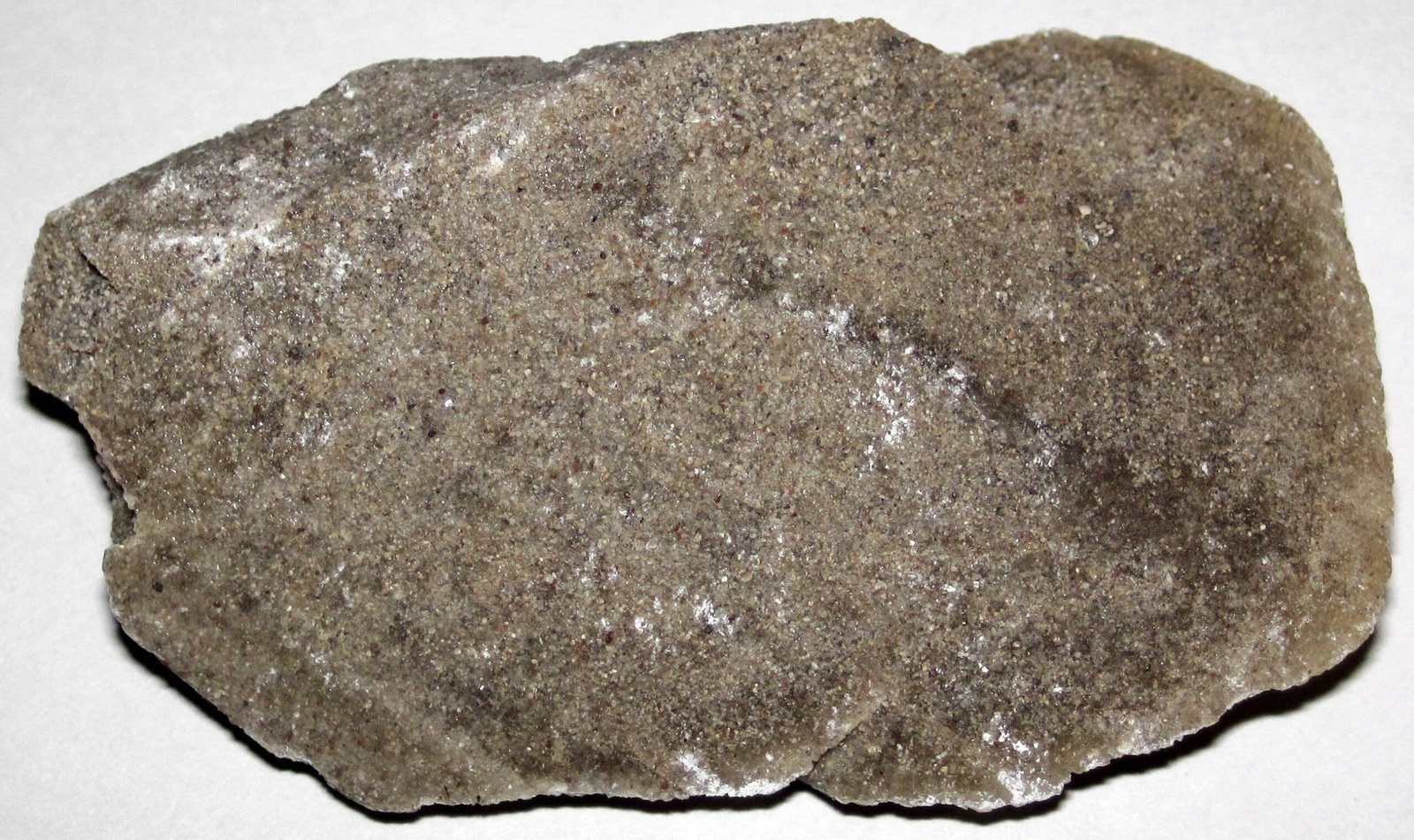
At its core, gypsum is a simple compound: calcium sulfate dihydrate. Its special properties come from its ability to lose and regain water molecules. When heated, gypsum releases water and becomes plaster of Paris—a powder that can be molded and shaped. Add water, and it hardens back into solid gypsum, locking in strength and durability. This reversible reaction makes gypsum uniquely suited for building materials, art, and even medical casts. The mineral’s softness allows it to be cut and shaped easily, yet once set, it forms a sturdy, reliable surface. It’s chemistry you can see and touch every day.
Gypsum’s Unsung Role in Agriculture
Long before drywall, farmers relied on gypsum to enrich their fields. Sprinkling powdered gypsum on soil improves its structure, helping water and nutrients reach plant roots. It also supplies essential calcium and sulfur, which are vital for healthy crops. In regions with heavy clay soils, gypsum can break up compacted earth and prevent harmful salt buildup. This agricultural legacy continues today, with many farmers using recycled gypsum from construction waste as a sustainable soil amendment. It’s a cycle of renewal—gypsum helps crops grow, and crops, in turn, feed the world.
Hidden in Plain Sight: Everyday Uses of Gypsum
Beyond walls and fields, gypsum lurks in surprising places. It’s an ingredient in toothpaste, where it acts as a gentle abrasive. Chefs use it to set tofu, and brewers add it to beer to control mineral content. Even artists appreciate gypsum for its ability to capture fine details in plaster casts and molds. Its non-toxic, versatile nature makes it a quiet staple in everything from food to fine art. Sometimes, the most ordinary mineral is the one that touches our lives in the most unexpected ways.
Environmental Benefits and Challenges

Recycling power plant emissions into gypsum isn’t just clever—it’s vital for cleaner air and a healthier planet. By capturing sulfur dioxide, power plants prevent acid rain, which can devastate forests, lakes, and crops. However, the process isn’t without challenges. Handling and transporting synthetic gypsum requires careful management to avoid spills and contamination. As energy systems shift away from coal, the supply chain for synthetic gypsum may also change, raising questions about future sources. Still, the environmental benefits of turning waste into resource are undeniable and offer hope for more sustainable industries.
The Global Gypsum Market
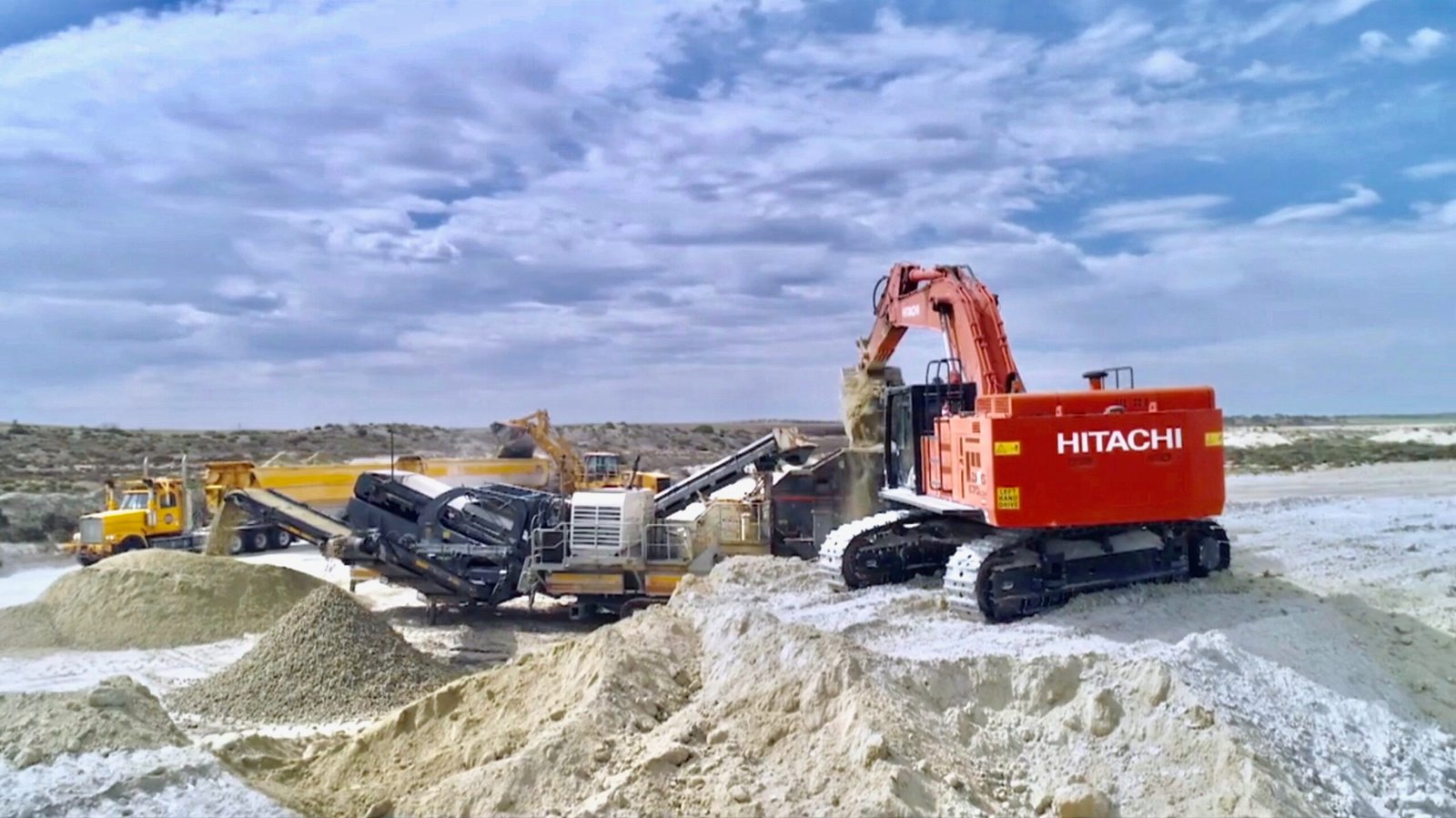
Gypsum’s reach is truly global. Countries like the United States, China, and Iran mine millions of tons each year, while others rely on imports to meet demand. The construction boom in developing regions drives a steady appetite for drywall and other gypsum products. Meanwhile, advances in manufacturing and recycling ensure that both natural and synthetic gypsum are used efficiently. This international trade connects miners, factories, builders, and homeowners, weaving gypsum into the fabric of modern civilization. It’s a reminder that even the most humble mineral can have a worldwide impact.
Innovations Shaping the Future of Gypsum
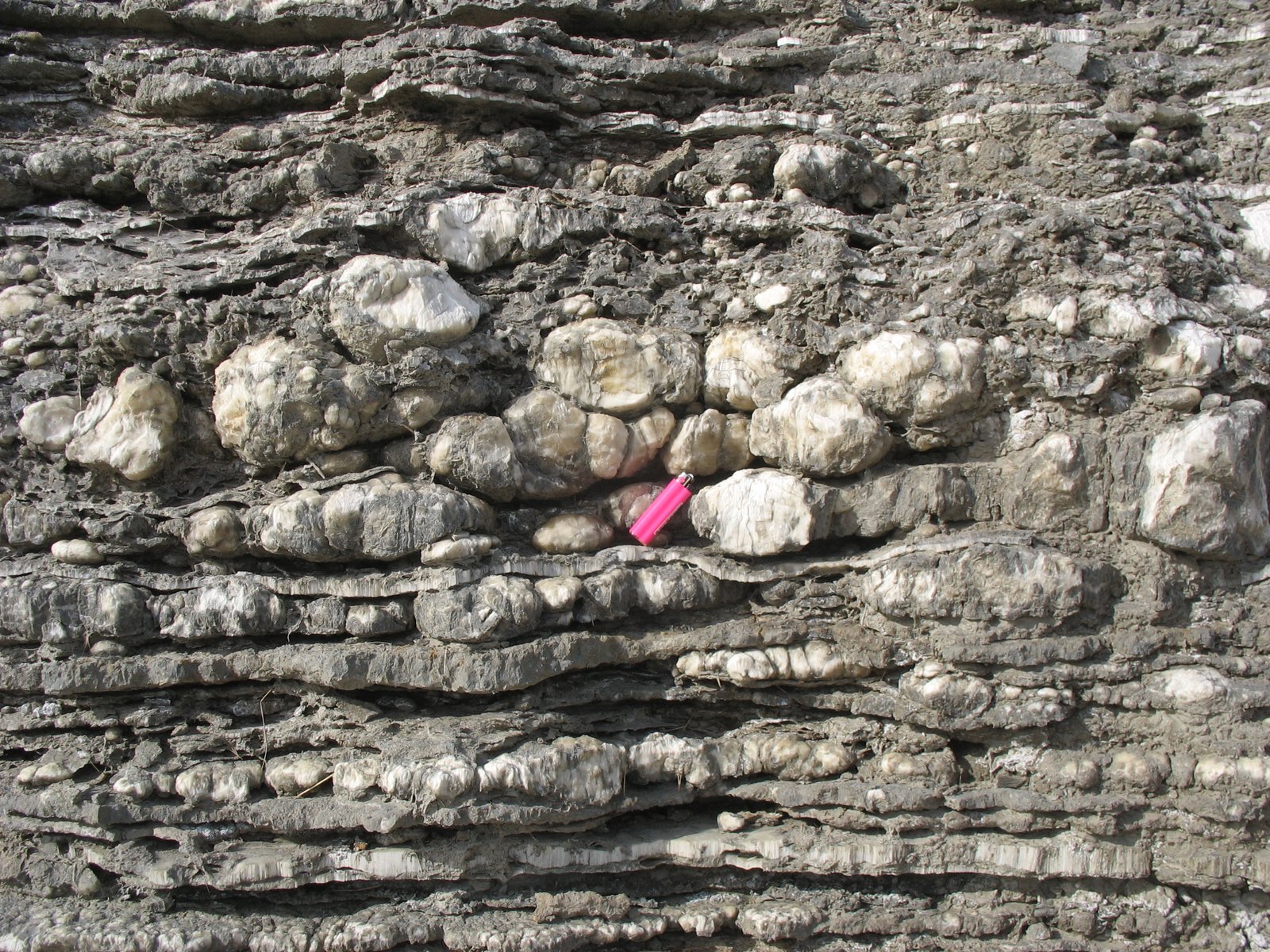
The world of gypsum is not standing still. Scientists and engineers are finding new ways to use this mineral, from advanced fire-resistant panels to eco-friendly construction materials. Some innovators are exploring 3D printing with gypsum-based mixtures, opening the door to custom-designed interiors and more efficient building techniques. Others are developing composite materials that blend gypsum with recycled plastics or natural fibers, reducing waste and improving performance. As the construction industry seeks greener solutions, gypsum’s adaptability makes it a key player in the next generation of sustainable buildings.
Gypsum’s Role in a Circular Economy
Perhaps the most inspiring part of gypsum’s story is its role in closing the loop of industrial processes. By turning what was once pollution into a valuable product, gypsum exemplifies the principles of a circular economy—where resources are reused instead of discarded. This approach minimizes waste, conserves natural resources, and helps industries operate more responsibly. The curious case of gypsum proves that with creativity and science, even society’s leftovers can become essential tools for building a better world.

